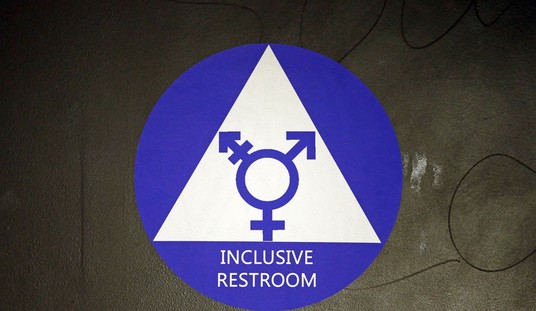“What Happens to Society When Robots Replace Workers?” William H. Davidow and PJM alumnus Michael S. Malone ask at the Harvard Business Review. Though note the chilling phrase that concludes this passage:
Estimates of general rates of technological progress are always imprecise, but it is fair to say that, in the past, progress came more slowly. Henry Adams, the historian, measured technological progress by the power generated from coal, and estimated that power output doubled every ten years between 1840 and 1900, a compounded rate of progress of about 7% per year. The reality was probably much less. For example, in 1848, the world record for rail speed reached 60 miles per hour. A century later, commercial aircraft could carry passengers at speeds approaching 600 miles per hour, a rate of progress of only about 2% per year.
By contrast, progress today comes rapidly. Consider the numbers for information storage density in computer memory. Between 1960 and 2003, those densities increased by a factor of five million, at times progressing at a rate of 60% per year. At the same time, true to Moore’s Law, semiconductor technology has been progressing at a 40% rate for more than 50 years. These rates of progress are embedded in the creation of intelligent machines, from robots to automobiles to drones, that will soon dominate the global economy – and in the process drive down the value of human labor with astonishing speed.
This is why we will soon be looking at hordes of citizens of zero economic value. Figuring out how to deal with the impacts of this development will be the greatest challenge facing free market economies in this century.
“Hordes of citizens of zero economic value?” Frances Fox Piven, call your office.










Join the conversation as a VIP Member